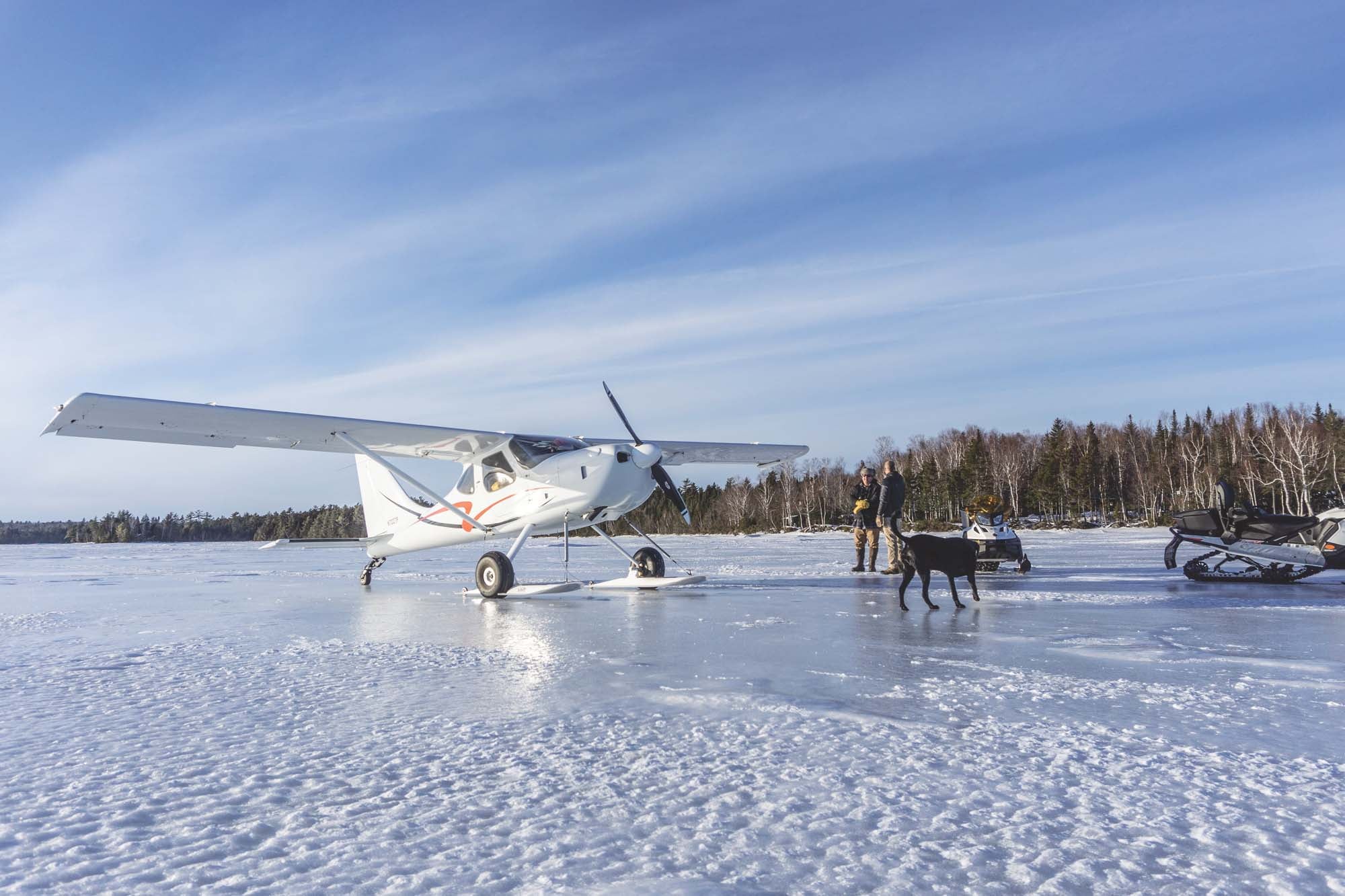
As I pulled the mixture out, the engine stopped. Then a new sound took over: silence. We had just put down on Second Roach Pond, 30 miles north of the nearest airport on a sunny day in March in the great state of Maine. This remote spot had been reached on a whim to access the Appalachian Mountain Club’s cross-country ski network, but the dream that turned this whim into a reality had started long before.
My love for the outdoors and all things sliding on snow came about at the same time: At age 1½ my parents strapped boards to my feet and I took to it like a fish to water. From alpine ski racing through high school, to photographing world cup races, then meeting my wife and being introduced to cross-country skis, major life moments had happened on or because of skiing.
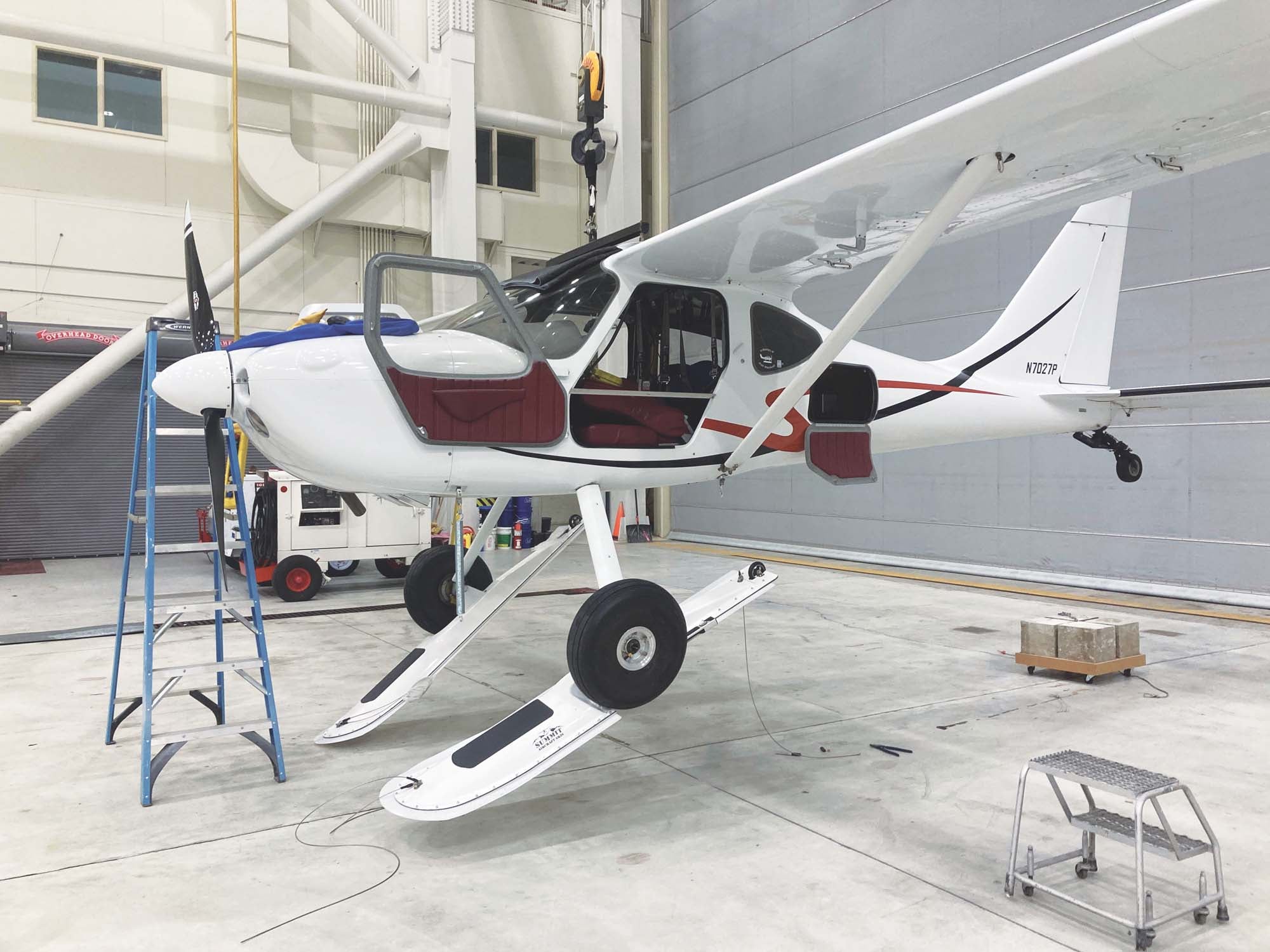
Similarly, when I earned my private ticket in 2016, skiing was quickly linked with flying. The inaugural trip was taking my new (to me) 1960 Cessna 172A to the Bethel, Maine, airport and riding my bike (with skis on a backpack) to the ski area to do a few uphill laps. Numerous trips happened from there on, usually to Sugarloaf, Maine, where you can ski directly from the airport onto a vast network of cross-country trails.
In 2019 the 172 turned into a GlaStar, built by Leo Leclair in Auburn, Maine. It is a delight: plenty of power and longer legs for bigger trips. But another attraction was the ability to convert it from its tricycle configuration to conventional gear and open up more backcountry destinations with bigger tires and maybe…skis.
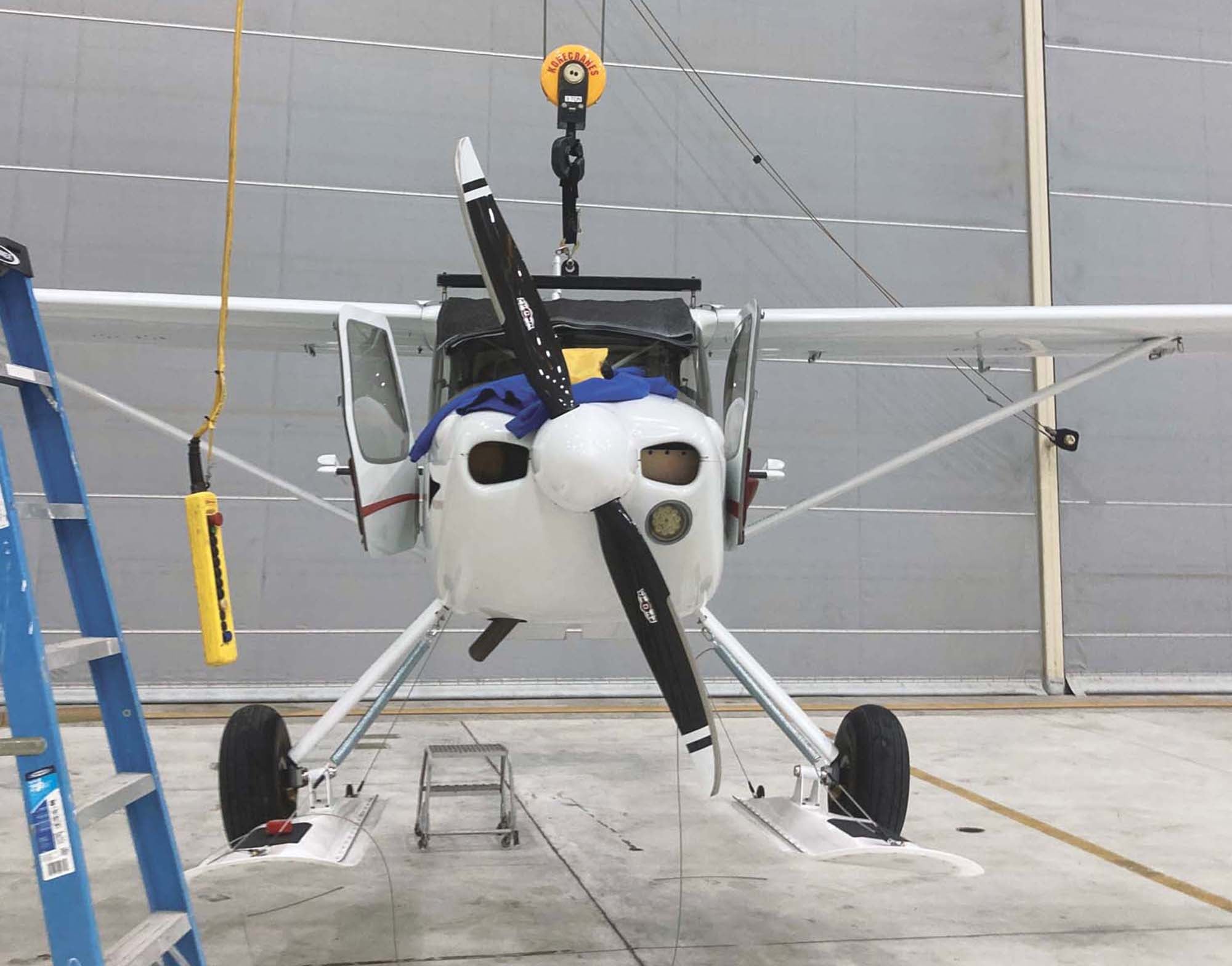
There were three obstacles between me and skis: changing to conventional gear, deciding on the type of skis and figuring out how to attach them to the airplane. The first dilemma was taken care of in the summer of 2021 with the help of Leo Leclair. This was intimidating and took a long time to get right—definitely in the “one step forward, two more orders to Spruce” category of projects. The other important decision (though I didn’t know it) was to purchase the Langair extended gear, which has a Cessna-style axle pad on the bottom, unlike the original GlaStar gear that is all one piece.
After a fall and winter of flying the GlaStar as a taildragger I knew I wanted skis. I’d landed on multiple frozen lakes with 8.50 tires. But these conditions were rare and also risky; a wrong or unlucky judgment would mean game over. So the ski research kicked off in earnest. Straight skis were readily and cheaply available but they wouldn’t work on the 8000-foot runway at my home field, Brunswick Executive Airport (KBXM), which doesn’t have a pure ski option. Retractable skis were enticing but the extra wiring or hydraulics were over my complexity level. This left penetration skis. The nicest I saw that were aimed at the Experimental market were Summit Skis, made by Mike Custard in Idaho (and since acquired by CubCrafters). They are extremely light, 27 pounds with rigging per side, and they also claimed good numbers. With no used skis on the market I wrote a very large check for the most expensive skis I’ve ever purchased and started waiting.

This was back in 2022 with associated supply-chain issues, so a few months went by. But finally a rather flustered UPS man pulled into my driveway with an unwieldy box. As ski season was done, I stored them and thought about the mounting solution but was distracted by summer flying, including my first trip to OSH!
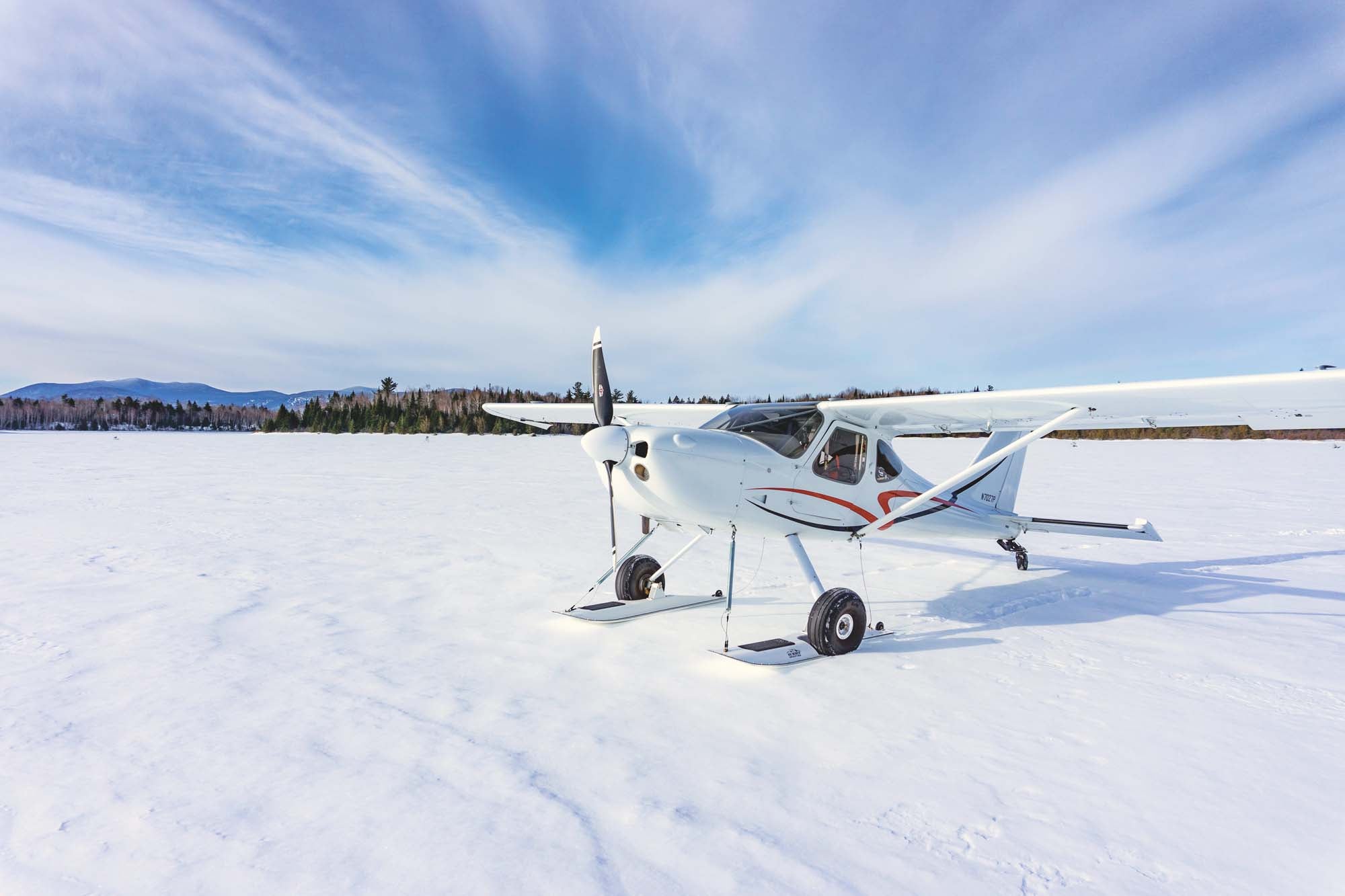
Snow Jobs
When winter’s chill came in, skis were back on the brain. But quite a lot of work was required to add them to the plane. The first task was to install float fittings, which would serve as the forward attach points. A little cussing and help from Leo, along with the use of an engine lift, got the front attach points in place.
The second job was fitting the ski attach point to both gear legs. This is essentially an inner axle for the ski to mount to, with longer bolts that attach to both the inner and outer axle. This was accomplished with help from a friend who had access to an even larger lift. We used those handy GlaStar cage points to hoist the whole plane up.

Next, Leo milled a gorgeous pair of gear leg inserts. I installed them but wound up not using them because the wing mount bolts were a stronger attach point. This was not something I wanted to fail.
The friend with the big hoist was still generous, which was lucky for me. Working one evening, we hoisted the plane yet again and the two of us followed AC 43.13-2B to rig the skis to about a 5° tip-up angle in flight. This friend also had a cable swager…what a nice friend!
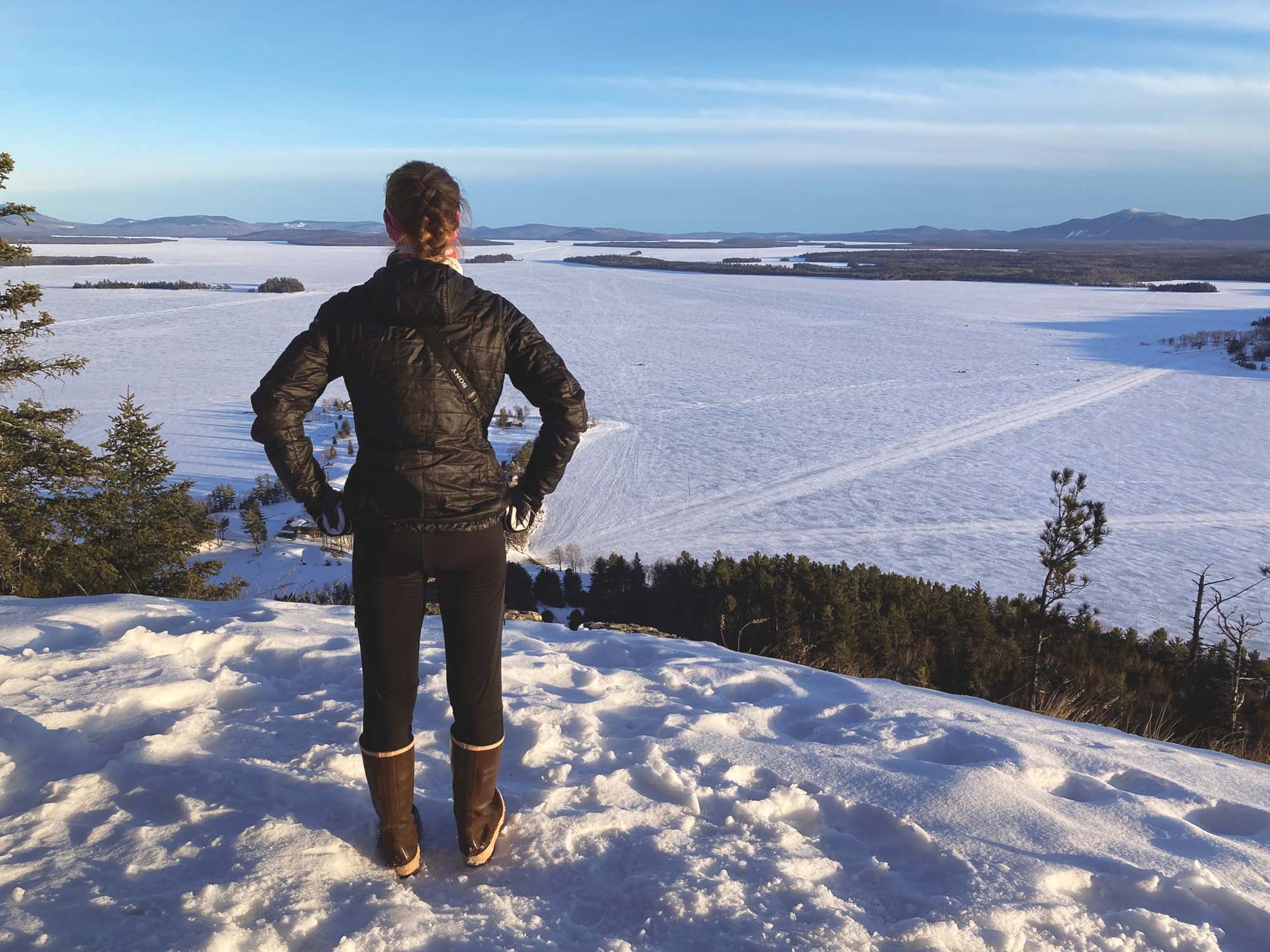
The test flight occurred the following weekend on a bright sunny morning—a time when it was nice to have an 8000-foot runway at my disposal. But I need not have worried; liftoff and flight were totally normal. After slow flight, stalls and returning to my normal cruise speed, the GlaStar, now in a bit of a dive, flew with its normal honesty. If anything my landings on pavement proved better, with the skate wheels in the back of the skis touching down momentarily before the mains gave me feedback in my flare.
After hearing all the old-timers talk about how you’ve never been stuck until you’ve been stuck on skis, there were a few additions to make to my survival kit/toolbox. First was a good stout avalanche shovel, second was a pair of snowshoes, third were plastic bags to put under the skis and fourth were tools to take off the wheel and/or deflate the tire to make a straight ski with less drag. One later addition, on advice from a park ranger pilot friend, was a come-along and ice screw to provide a firm attach point on a lake and substantial pulling power from that. Oh, and I also included my trusty Garmin inReach satellite messenger to contact my friends if I really needed help!
A tail ski was also on the brain; I didn’t have the right one for my MATCO tailwheel. It seemed the consensus was that it was nice to have…but you didn’t have to have it. A source said the Maine Wardens had flown their Cessna 180 without a tail ski, so I decided to go without a tail ski for the winter.

The pilot also needed some work. Both the FAA’s Seaplane, Skiplane and Float/Ski Equipped Helicopter Operations Handbook (FAA-H-8083-23) and Amy Hoover’s Mountain, Canyon and Backcountry Flying, which has a great ski flying chapter, helped brief me on the fundamentals.
Another help was simply listening to and asking for advice from those with experience. There is a wealth of ski flying knowledge in Maine, and while there aren’t as many skiplanes/pilots as there once were, you can certainly learn a lot just by listening. Since most of my activities were on lakes, ice depth and slush were a concern. Being part of an ice fishing Facebook group helped get intelligence as well as calling sporting camps next to lakes.
The last bit that helped was something I’d done since an inspiring talk at OSH: practicing stalls at different configurations and weights and getting far more comfortable with slow flight. This inspired confidence and respect for how much better performance is at a lighter gross weight.
Ski Lessons

Finally the time came to do what skis were meant to do: land on snow! It was a nice Saturday morning and I pointed the GlaStar’s nose toward Bowman Field (B10), where they only had a snow runway. A friend was waiting there to lead me around in his Cessna 170 on straight skis—and he could also help me if I got stuck.
At first touchdown, I thought I was going to get stuck; it took ¾ power just to taxi, let alone get any speed. Full forward stick, getting the tail off the ground or light, helped significantly. While waiting for my friend to preheat, I took the opportunity to re-pitch my Sensenich ground-adjustable prop for best takeoff performance. It took three times my normal ground roll, but I did get off the ground well within the confines of Bowman.
What pleasure! We flew around, first to a lake where some acquaintances were ice fishing and had an accurate ice-depth report. This was mostly rather bumpy ice, so it would have been better on wheels.
Next up was another grass strip with undisturbed powder. This was where my real ski education started; the landing was nice but it took even more power than at Bowman to taxi. My friend on straight skis took off with ease but I definitely did not. At half the runway length, ¾ takeoff speed was definitely not reached. So I aborted and then taxied back and forth to pack down the runway. After three passes the plane accelerated to ¾ speed by midfield and I lifted off—but definitely with less margin than I’m used to.
Tail between my legs, I vowed to stick to lakes with infinite takeoff room. But this has issues too. One destination was Bald Mountain Camps, where another group of Maine skiplanes was headed to. A bunch of low passes ensued, but when I started dragging the skis to get a feel for the surface, slush started flying up. Yikes! It must have been a rather entertaining sight for those at the camp—a small white plane noisily skipping over the lake away from them, engine firewalled and pilot firmly “clenched.” The GlaStar finally got into the air but it felt like an eternity. My next stop was on a paved runway…
So far, it has been plenty of room, multiple passes to double-check for slush and a firm aversion to landing if it doesn’t feel right. But when able to land, it has meant joy—hiking Mount Kineo, going to a couple more cross-country ski areas, seeing friends at lake houses with fewer qualms.
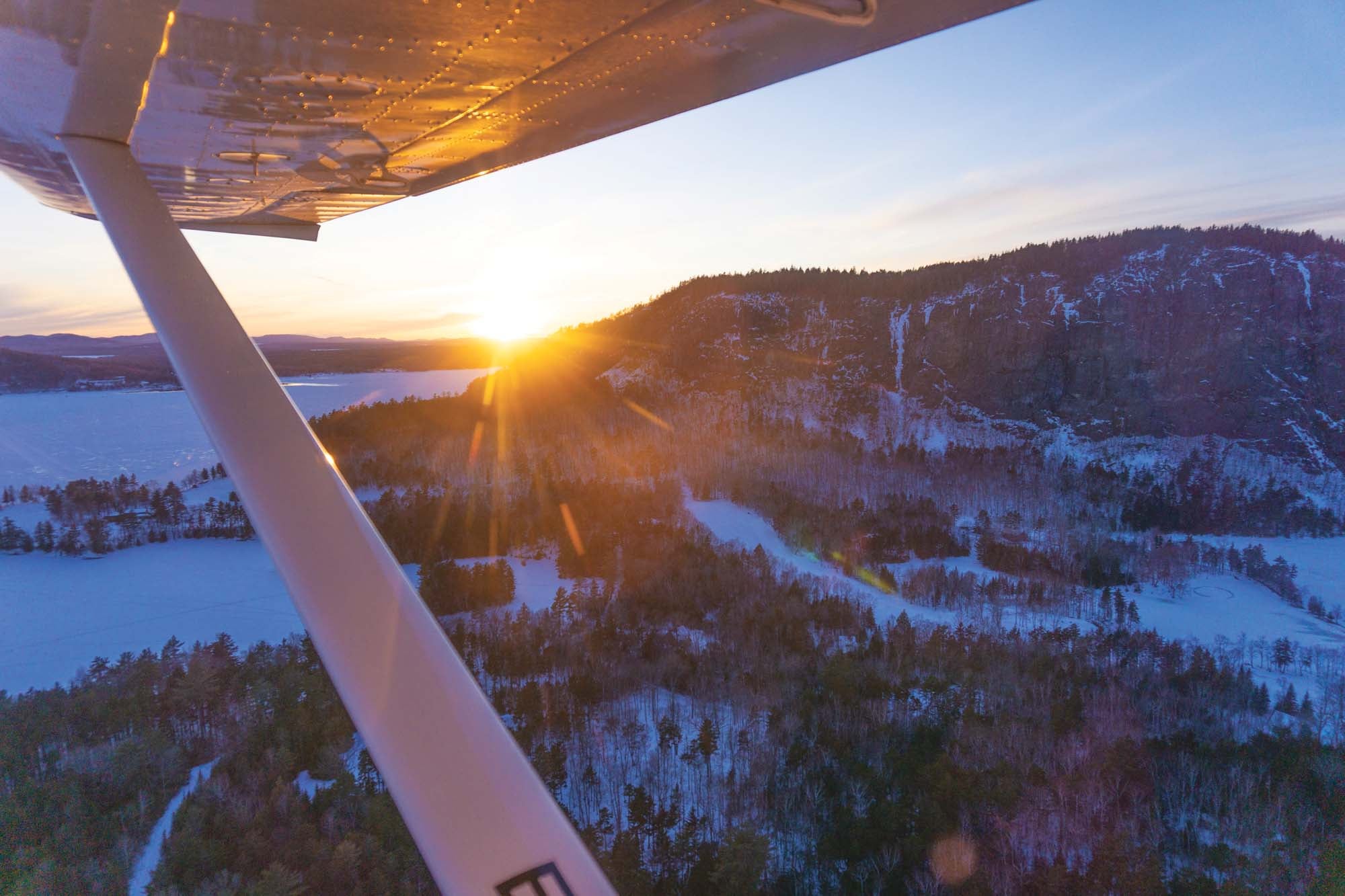
Skis let me expand the GlaStar’s already wide mission profile and let me fully enjoy this gem of a plane. So, as the days begin to cool and winter approaches, it’s cool to look forward to yet another type of skiing: alpine touring, cross-country and now ski flying. What a treat!














Lincoln
Thanks for your post !
I have a 150hp Glastar that I’m putting 4” extended gear on it. I also have a set of Aero 2000 straight skis that I want to install. I see that you’re not using a tail ski .
Do you find taxing it with a load that it is hard to turn ?
Hi Floyd, I had no directional control issues even in deeper snow. Because the penetration skis required high power to even move, I always had plenty of rudder. That said, my experience was mostly on very hard refrozen snow so it could be very different in different conditions. Best of luck with the skis!